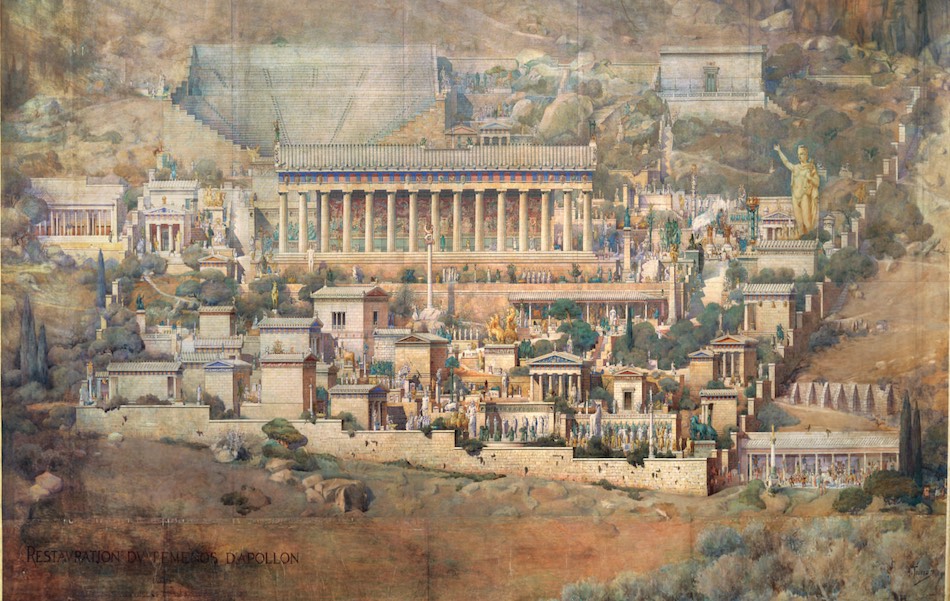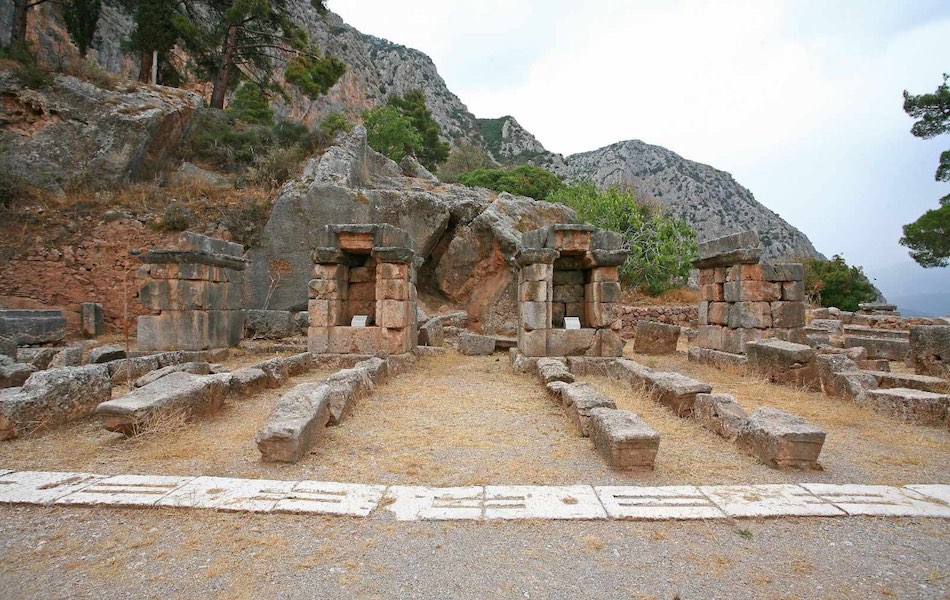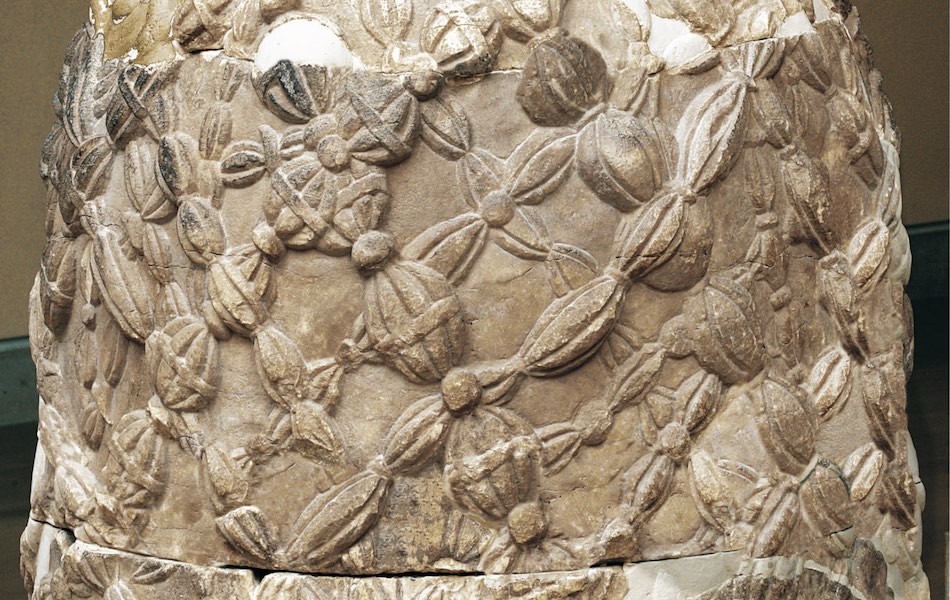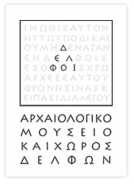This website uses cookies so that we can provide you with the best user experience possible. Cookie information is stored in your browser and performs functions such as recognising you when you return to our website and helping our team to understand which sections of the website you find most interesting and useful.
Agia Euthymia (Myonia)
The present-day settlement of Agia Euthymia (St. Euthymia) is identified by most scholars with the city Myonia or Myania of the Ozolian Locrians, on the basis of the inscriptions, the archaeological remains and the literary sources.
Pausanias visited the city in the 2nd century and in his “Description of Phocis” he refers to the sanctuaries, the local cults and the cultic practices of its inhabitants. In the city there was a grove with the altar of the Meilichian gods, the underworld deities, as well as a sacred precinct of Poseidon, who was mainly worshipped as a god of fertility and of the springs which jutted out of the earth. Pausanias also refers to the ex-voto of the Myanians to Zeus in Olympia, consisting of a shield with painted decoration and bronze revetment, of a helmet and of leggings, which he saw in the Treasury of the Sicyonians during his visit to Olympia.
The history of the site emerges through the remains maintained to this day, sometimes eloquent, sometimes enigmatic, or through those which come to light gradually in the course of the excavations and the surveys.
To the northeast of the village, at the site called Ekatrahi, is maintained the fortified acropolis which constituted the centre of its fortification system and is, today, its most distinctive monument. The fortification wall covers a surface of about 300 x 250 meters; it was built in the 4th century B.C. with pseudo-isodomic masonry and was further reinforced by eleven fortification towers. One can follow the course of the wall through its well-preserved parts within the village. In the region of the cemetery there is still extant a double tower, preserved to a considerable height, indicating the existence of a gate. For the security of the broader region around the fortified settlement there had been constructed several smaller watchtowers.
Aspects of the history of Myonia are illuminated by the grave goods, the funerary stelae and the inscriptions attesting to the development of the city.
In 1899, during the construction works for paving a road in Agia Euthymia there was discovered an important hoard which contained silver staters of the Amphictyons, the coins issued by the Delphic Amphictyony in 336-334 B.C.
Also, in 1928, during the construction works for the opening of the National Road between Amphissa and Naupaktos there was discovered a 6th century B.C. tomb, containing the burial of a warrior in full armor, such as helmet, spear-tips, javelin and iron swords.
MUSEUM OF DELPHI









